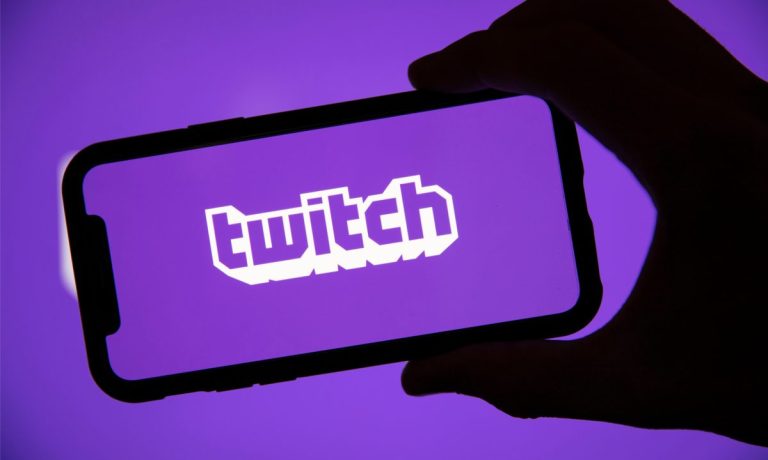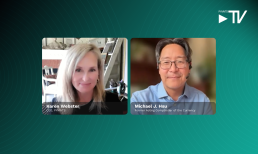The streaming service announced in a blog post Wednesday (Jan. 24) that it is changing its streamer payment model for its Prime Gaming benefit, through which Amazon Prime members get one free subscription to a Twitch channel each month, so that there are now fixed rates for streamers that vary by country.
In the United States, streamers get $2.25 per Prime Gaming subscription, which according to The Verge, marks a decrease from the previous rate of $2.50 (or $3.50 for more popular streamers).
“While any decrease will feel disappointing, the difference between what streamers receive today for a Prime Gaming subscription and what they will receive after the change to fixed rates is less than 5% in the vast majority of countries,” Twitch CEO Dan Clancy stated in Wednesday’s blog post. “… We believe this is the right structure for the program going forward and are making this change to ensure that the monthly Twitch subscription available to Prime members is a long-term, sustainable benefit for the Twitch community.”
Other changes announced Wednesday include some that could benefit creators, including eliminating a fee cap for high-earning streamers.
The creator subscription platform space is evolving, with many companies entering the category or stepping up their offerings therein, and others bowing out. In the fall, for instance, Roblox announced the launch of its program enabling creators to offer in-game subscriptions within the experiences (i.e., digital spaces) they made, and courses and coaching platform Teachable announced the launch of Memberships, enabling creators to offer their own content subscriptions.
Advertisement: Scroll to Continue
Plus, Meta shared that its Instagram Subscriptions offering for accounts with more than 10,000 followers surpassed 1 million active subscribers across creators enrolled in the program. Additionally, Substack, which began as a newsletter platform, introduced new video options and emphasized its multimedia offerings to drive deeper engagement, and Patreon announced the acquisition of livestreaming company Moment.
Yet also in the fall, Tumblr shared it was ending its Post+ program, which enabled users on the site to offer exclusive content via paid subscriptions, stating that it could “no longer justify” the cost of keeping the program in operation, given the low usage rates. Amid all the competition in the space, it can be difficult for any platform to stand out.
Consumers, for their part, are making difficult decisions about which subscriptions they can afford. The PYMNTS Intelligence study “Subscription Commerce Readiness Report: Bridging the Gap Between Subscription Conversion and Retention,” which drew from a survey of more than 2,200 U.S. consumers, revealed that cost is the most common reason people bow out of subscriptions, with 56% of consumers citing it as a reason for canceling a service in the previous year.
Moreover, PYMNTS Intelligence’s 2022 report, “Subscription Commerce Conversion Index: Subscribers Seek Affordability and Convenience,” found that 48% of consumers paying for a membership subscription “would cancel the service if unable to pay other essential bills.”




